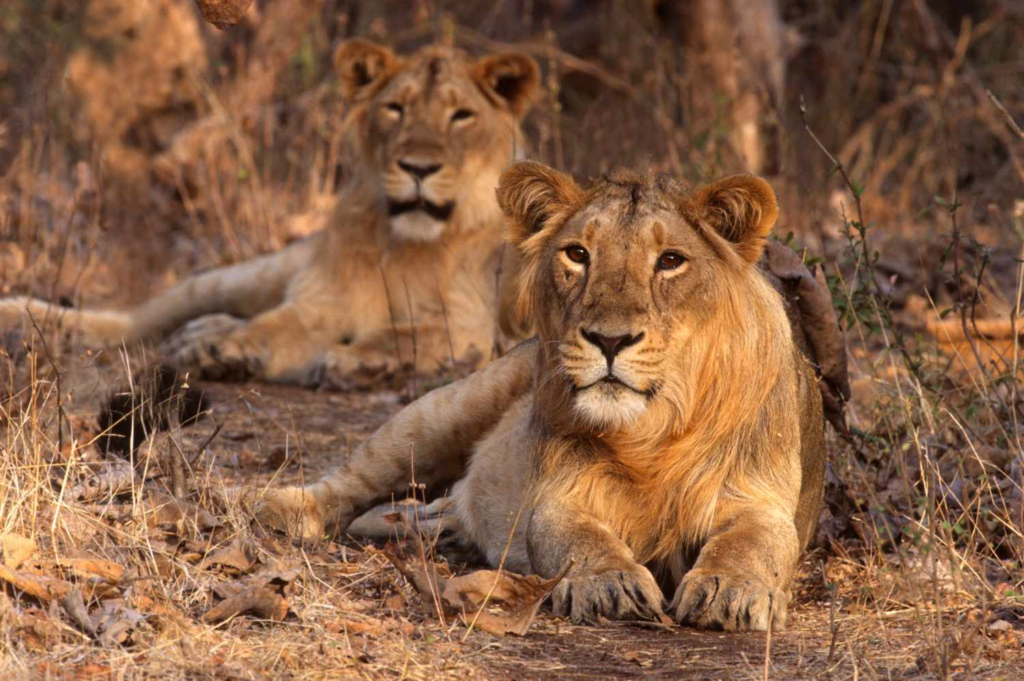
INTRODUCTION
Gir National Park, often referred to as the last abode of the Asiatic lion, is a testament to India’s commitment to wildlife conservation. Nestled in the western state of Gujarat, this sanctuary is a true marvel of nature, providing a safe haven for a diverse range of flora and fauna. In this article, we’ll embark on a journey through the enchanting landscapes and the rich biodiversity of Gir National Park.
The History of Gir National Park
Gir National Park has a rich historical background. Established in 1965, it was primarily created to safeguard the dwindling population of the Asiatic lion. Today, it stands as a symbol of successful conservation efforts, with the lion population steadily increasing over the years.
Geography and Climate
The park spans across approximately 1412 square kilometers, comprising dry deciduous forests, grasslands, and rocky hills. It experiences a tropical climate with scorching summers and mild winters. The diverse topography and climate contribute to the park’s unique ecosystem.
Fauna: The Pride of Gir
The Majestic Asiatic Lions
The Asiatic lion is undoubtedly the star attraction of Gir National Park. These magnificent creatures, smaller than their African counterparts, can often be spotted lounging in the shade or on the prowl. Observing them in their natural habitat is a once-in-a-lifetime experience.
Other Notable Residents
While the lions are the main draw, Gir is also home to a plethora of other wildlife. Spotted deer, sambar deer, wild boars, and nilgai roam freely, creating a harmonious ecosystem. Birdwatchers will be delighted to spot diverse avian species, including peafowls, owls, and eagles.
Flora: A Verdant Paradise
Gir National Park boasts a rich tapestry of flora. Teak, jamun, acacia, and banyan trees dot the landscape. The seasonal bloom of vibrant flowers adds a touch of color to the park’s lush greenery, making it a visual treat for nature enthusiasts.
Safari Adventures
Exploring Gir National Park is best done through guided safaris. Jeep safaris are a popular choice, allowing visitors to venture deep into the heart of the park while maintaining a safe distance from the wild inhabitants. The thrill of spotting a lion or capturing the graceful movement of a deer is an adventure that stays etched in memory.
Conservation Efforts
The conservation efforts at Gir National Park have been exemplary. The park authorities work tirelessly to protect the flora and fauna, ensuring a sustainable future for the ecosystem. Local communities are also involved in these efforts, fostering a sense of responsibility towards the environment.
Conclusion
Gir National Park, with its awe-inspiring wildlife and stunning landscapes, is a must-visit destination for nature lovers and wildlife enthusiasts. The successful conservation of the Asiatic lion here is a beacon of hope for endangered species worldwide. So, plan your trip to Gir National Park and immerse yourself in the natural beauty and serenity it offers.



